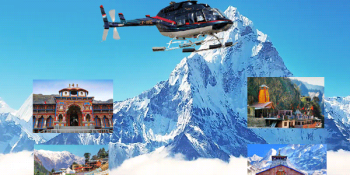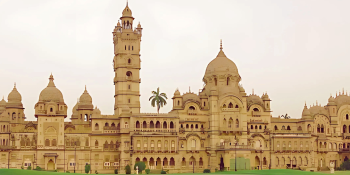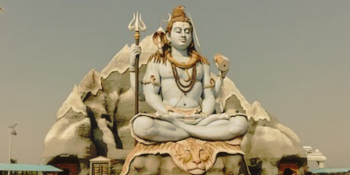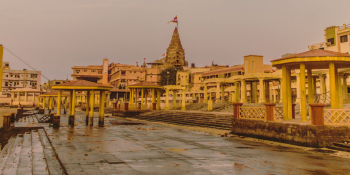Winter in India is a magical time for travelers, with chilly mornings, pleasant afternoons, and cool evenings. From the snowy landscapes of the Himalayas to the mild weather in the southern states, winter offers a variety of experiences. For those looking to explore India in a minimalist way, here’s a practical guide to making the most of your winter adventures while packing light and traveling smart.
1. Pack Light, Pack Smart
When traveling in winter, layering is the key. Instead of packing bulky clothes, opt for lightweight thermal wear, fleece jackets, and a good quality windproof or waterproof jacket. A well-fitted puffer jacket is perfect for both warmth and portability. Choose versatile items like scarves, gloves, and hats that can be easily packed and match multiple outfits. Pack a small, lightweight backpack or a rolling carry-on bag for easy mobility.
2. Choose Comfortable Footwear
Winter travel in India often involves a mix of city exploration, outdoor treks, and visits to historical sites. A pair of comfortable, durable shoes that can withstand both urban environments and rugged paths is essential. Waterproof boots or trekking shoes with warm insoles are ideal, especially for destinations like Ladakh or Himachal Pradesh.
3. Plan for Varied Weather
Winter weather in India can be unpredictable. While northern regions like Kashmir, Himachal, and Uttarakhand can experience freezing temperatures, southern states like Kerala and Tamil Nadu offer milder climates. Research the weather conditions of your destination before you travel, and prepare for sudden changes. Carry a small foldable umbrella or a raincoat in case of unexpected showers, especially in coastal regions.
4. Embrace Local Cuisine
Indian winters are famous for their seasonal foods—rich in warmth and flavor. If you’re in the north, try hot beverages like masala chai and comfort foods like parathas or mutton stews. In the south, savor spicy curries and steamed rice dishes. However, to keep your packing minimal, avoid carrying large quantities of snacks. Instead, explore local delicacies at street markets and eateries. This approach not only reduces the weight of your bag but also enhances your travel experience.
5. Embrace Technology
In this digital age, there’s no need to carry bulky guidebooks or maps. Download offline maps and travel apps on your phone, and use digital resources for booking accommodation or transportation. This allows you to keep your bag light while accessing all the information you need. Portable chargers are essential, as you’ll likely be using your phone for navigation and booking services throughout the day.
6. Seek Tranquil, Lesser-Known Destinations
If you prefer avoiding crowded tourist spots, explore lesser-known winter destinations. Instead of heading to well-trodden spots like Shimla or Manali, consider offbeat locales such as Spiti Valley, Tawang, or the beaches of Gokarna. These locations offer winter beauty without the chaos of mass tourism, allowing you to truly unwind and connect with nature.
7. Practice Sustainable Travel
Minimalism extends beyond packing—it’s about reducing your carbon footprint and embracing sustainable practices. Opt for eco-friendly transportation like trains and buses, or carpooling with fellow travelers. Stay in eco-conscious accommodations and avoid plastic usage by carrying a reusable water bottle. This helps preserve the pristine beauty of India’s winter landscapes for future explorers.
In conclusion, minimalist travel in India during winter is all about smart packing, embracing local experiences, and traveling sustainably. Whether you’re trekking through the mountains or exploring the quiet beaches, less truly is more when it comes to winter exploration. Keep it simple, and let the magic of India’s winter landscapes unfold around you.









